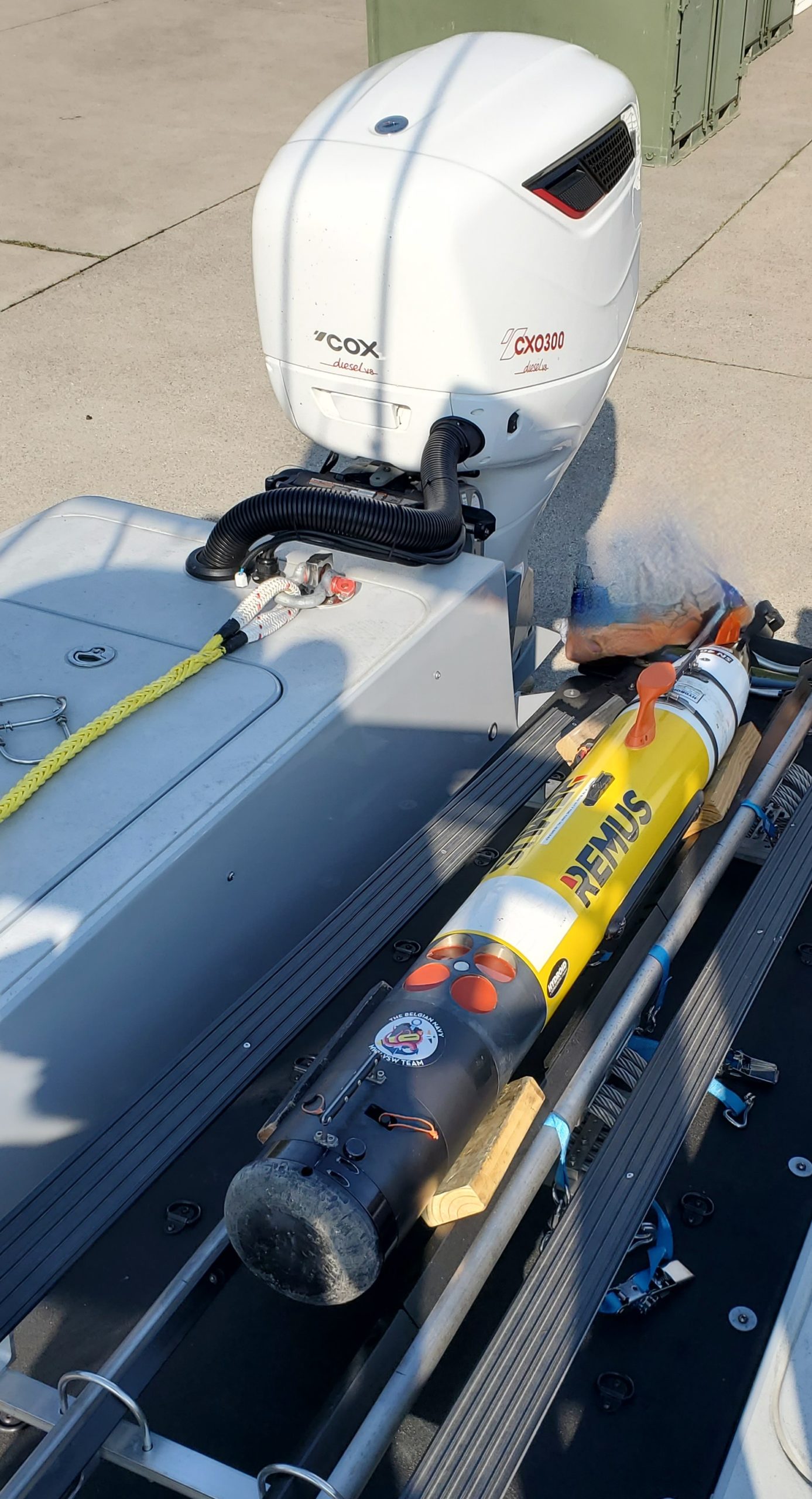Mission Threads and European Exercises: MARTAC’s 24 Foot USV at BALTOPS-23 and REPMUS 23
Recently, MARTAC announced the launch of their new Devil Ray T24.
This is a production USV in the MARTAC line of scalable USVs. It made its first appearance in a major exercise at this year’s BALTOPS-23 exercise and will make its next at REPMUS in September 2023.
BALTOPS-23 is an exercise that has been held for more than 50 years in Europe.
This year’s exercise was described by the U.S. Navy as follows: “As in previous years, U.S. Sixth Fleet is partnering with the U.S. Naval research enterprise to bring the latest advancements in emerging unmanned technologies to conduct mine countermeasures (MCM) operations. To forward these efforts, Sailors and Marines are experimenting and integrating with Unmanned Underwater Vehicles (UUVs), Unmanned Aerial Vehicles (UAVs), and Unmanned Surface Vehicles (USVs).”
REPMUS is held in Portugal and led by NATO.
This how REPMUS 22 was described: “REPMUS is a Portuguese-led exercise and focuses on capability development and interoperability. REPMUS stands for Robotic Experimentation and Prototyping with Maritime Unmanned Systems. The exercise has been held in Portugal’s Troia Bay since 2004. In 2014 the NATO Centre for Research and Experimentation (CMRE) joined REPMUS for the first time. Since 2019 the NATO Maritime Unmanned Systems Initiative (MUSI) has been playing a growing role in the exercise.”
A USV contributes to maritime operations in terms of the mission threads which it can perform.
In BALTOPS-23, the Devil Ray T24 was tasked to deliver a mine detection USV close to the mine field so that the USV could get into operation much quicker than if it had to get there under its own power. With the ability of the Devil Ray to travel a long distance at speed, the ability to close from the sourcing location of the USV to delivery in the mine field is a crucial enabler of being able to deliver the right platform to the right place at the right time without exposing humans to threats.

But that is not the only mission thread which was performed by the Devil Ray in the BALTOPS-23 exercise.
It was tasked to perform a downed pilot personnel rescue mission as well. This USV can provide capability for medevac and other personnel recovery missions leaving capital ships to focus on their core tasks.
It is about adding capability to relieve the stress on the Navy’s capital ships and to not put them in harm’s way to conduct peripheral but essential missions.
At REPMUS23, the Devil Ray will continue its work on supporting counter mine missions as the U.S. Navy looks to be able to now deploy a cluster of smaller UUVs to cover an area of interest much quicker.
Because the USV is payload agnostic, it can be anticipated that other mission threads will guide the Navy in terms of how it will use the Devil Ray. Transport of material in support of expeditionary basing by the Marines or of the delivery of sonobuoys to the area of interest can be anticipated as plausible payloads for delivery by this USV at speed and range.
Precisely because the launch and recovery point for this USV is virtual limitless, from shore, from a base, from a combat ship, from a supply ship, from a commercial ship, or any combination thereof. This provides not just flexibility but enhanced safety for the capital assets in short supply.
The author would like to thank Steven Timmons of MARTAC for discussing these exercises with me in a recent interview with him.

